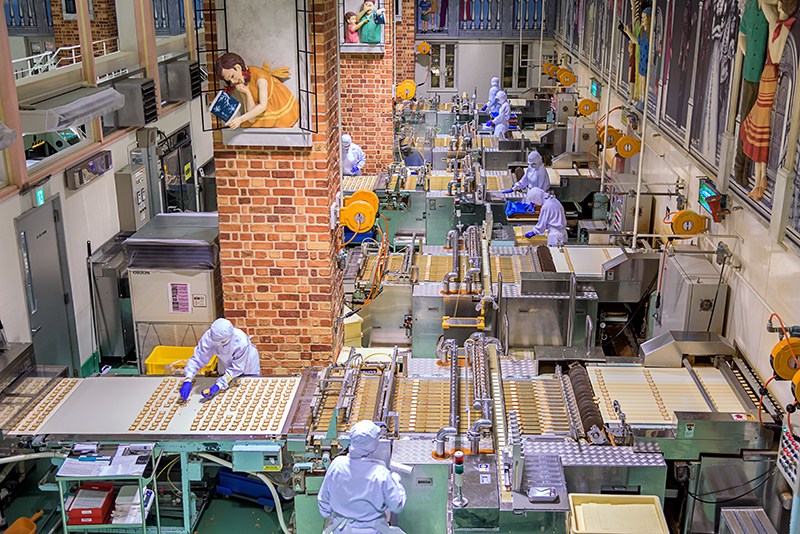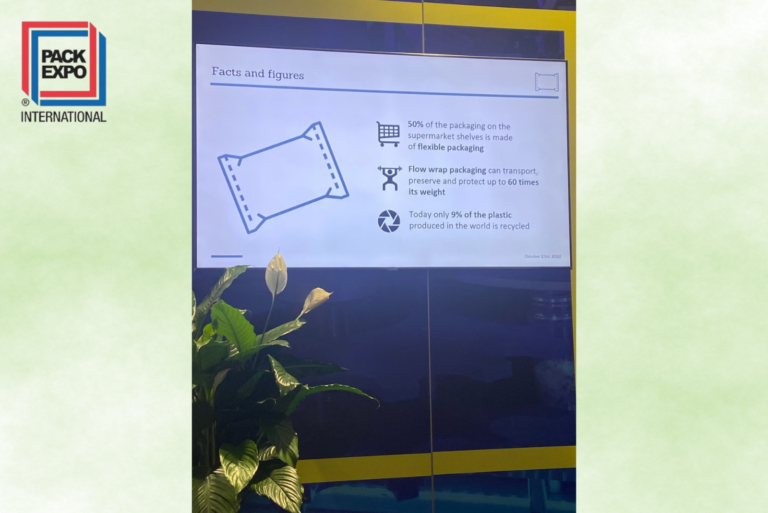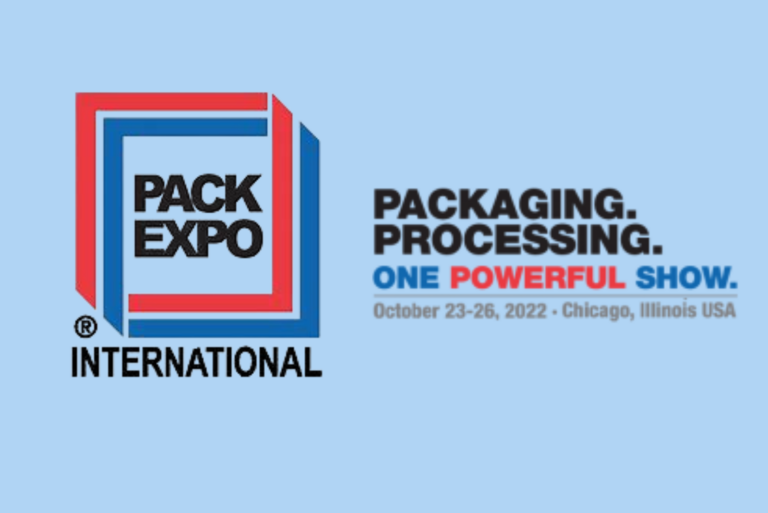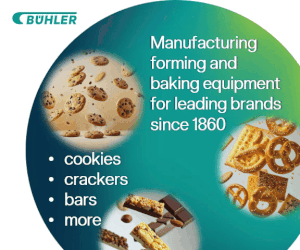CHICAGO — Over the past three years, the baking industry has relied on automation technology more than perhaps at any other time in history. And while it got the industry through the pandemic, it also accelerated innovation at breakneck speed, especially as workforce woes persist.
In a new report from PMMI called “The Future of Automation in Packaging and Processing,” the association for processing and packaging technology outlined how automation technology has not only accelerated but is also propelling manufacturing forward — and what’s to come over the next few years.
In 2020 and 2021, the packaging and processing industry experienced quite a lot of growth with packaging machinery experiencing nearly 50% growth in 2020 alone. With 12.5% growth in 2021 and a projected 10% increase this year, the packaging industry is looking at about 40% growth from 2019 to 2022.
“It’s been a major acceleration in terms of technology in our industry,” said Jorge Izquierdo, VP of market development for PMMI.
Izquierdo attributes the acceleration to several drivers.
First, of course, is COVID-19, which shifted most consumer demand toward supermarkets and packaged foods.
“The growth was all about, ‘I just need to get more products out into the market … help me get the products out the door,’” Izquierdo said.
As that growth exploded during the COVID years, it was also impacted by the labor shortages that were exacerbated by the pandemic and still plague manufacturers today. Automation, then, has become a priority not so much to eliminate workers but to accommodate for the lack thereof.
“It’s now about keeping hold of the employees we have and empowering them to do more with less,” Izquierdo said. “We’re talking about technologies like HMI interfaces being used so it’s easier for someone to understand processes and have shorter training times.”
Another workforce-related driver for investing in technology is allowing workers to accomplish several tasks on a plant floor, often at the same time, that would previously take a physical toll on a worker.
“Instead of looking at one machine, maybe they can now look at two, maybe three machines,” Izquierdo observed. “The number one thing is that you want to get rid of those repetitive movements, repetitive tasks if you want to keep people working.”
Externally, supply chain remains a huge driver for automation, not just for bakeries but for all food manufacturers. When ingredients are in short supply, bakers will often lean on secondary or even tertiary suppliers, and short-term changes can have big implications when it comes to machining the product.









